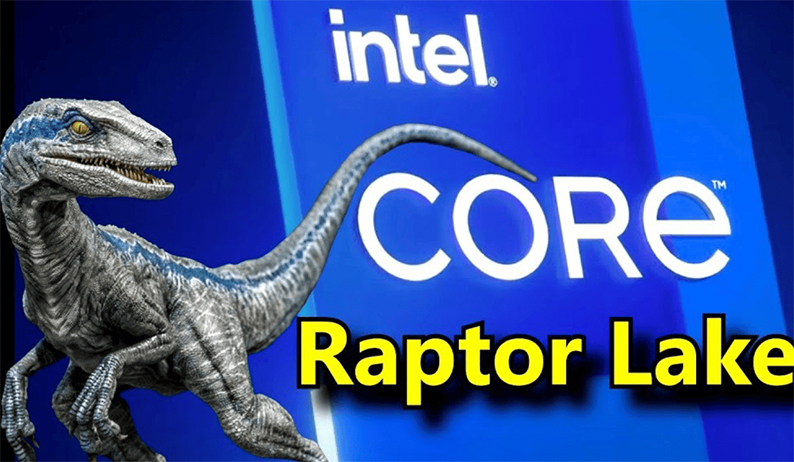Exploring IBM’s Quantum Computer Design Process from the Inside. Quantum computing is a field of technological innovation that promises to revolutionize the world of computation. It’s a realm where the rules of classical computing no longer apply, and the potential for solving complex problems becomes boundless. At the forefront of this quantum revolution stands IBM, a company with a rich history in computing. In this article, we embark on a journey to unravel the intricate process of designing quantum computers at IBM, delving into the very heart of this groundbreaking technology.
The Quantum Frontier
Before we dive into the fascinating world of IBM’s quantum computer design process, it’s essential to understand the unique nature of quantum computing. Unlike classical computers, which rely on bits as the fundamental unit of information (0s and 1s), quantum computers utilize qubits. Qubits can exist in multiple states simultaneously due to the principles of superposition, opening up a wealth of possibilities for parallel processing.
Moreover, quantum entanglement allows qubits to become interconnected, even when separated by vast distances. This phenomenon has far-reaching implications for secure communication and the potential to solve complex problems, such as simulating molecular structures for drug discovery or optimizing supply chain logistics.
IBM’s Commitment to Quantum Computing
IBM has been at the forefront of quantum computing research for decades. They have made significant strides in developing and refining quantum hardware and software. As of now, IBM offers quantum computers through the IBM Quantum Experience platform, allowing researchers and developers worldwide to access and experiment with quantum computing.
The Quantum Design Process
Designing a quantum computer is a complex and intricate process that requires a deep understanding of quantum physics, materials science, and engineering. Here’s an overview of the key steps involved in IBM’s quantum computer design process:
1. Quantum Bit (Qubit) Design: The heart of any quantum computer is its qubits. IBM engineers meticulously design and fabricate qubits using various physical systems, such as superconducting circuits. These qubits must be isolated from their environment to minimize interference and maintain their quantum properties.
2. Cryogenic Cooling: Quantum computers operate at extremely low temperatures, just a fraction of a degree above absolute zero. Specialized cryogenic systems are designed to cool the qubits to these frigid temperatures. This ensures that the qubits remain in their quantum states and minimizes errors.
3. Error Correction: Quantum computers are susceptible to errors due to factors like environmental noise and imperfections in qubit design. IBM employs advanced error-correction techniques to mitigate these errors, making quantum computations more reliable.
4. Quantum Control: Precise control over qubits is essential. IBM engineers develop control systems and software that manipulate qubits to perform quantum operations, such as entanglement and superposition, which are at the core of quantum computing’s power.
5. Scalability: Building a quantum computer with a large number of qubits is a significant challenge. IBM is working on making quantum computers more scalable, allowing for the connection of more qubits and the development of more powerful machines.
6. Quantum Software: Quantum algorithms and software play a crucial role in harnessing the power of quantum computers. IBM provides a suite of tools and libraries to help researchers and developers create quantum applications.
The Quest for Quantum Advantage
IBM’s ultimate goal is to achieve quantum advantage, a point at which quantum computers outperform classical computers in solving specific real-world problems. While we’re not there yet, the progress made in quantum hardware and software is promising.
Quantum advantage could revolutionize fields like cryptography, optimization, and materials science. For example, quantum computers could break currently secure encryption methods or significantly expedite drug discovery processes by simulating molecular interactions with unprecedented accuracy.
The Quantum Future
As we explore IBM’s quantum computer design process from the inside, we witness a journey of scientific discovery and technological innovation. Quantum computing is not merely an evolution of classical computing; it’s a revolution that promises to reshape industries and tackle challenges previously deemed insurmountable.
IBM’s commitment to pushing the boundaries of quantum computing is paving the way for a future where the potential of this technology is fully realized. With each breakthrough in qubit design, error correction, and scalability, we inch closer to the quantum advantage that will transform how we compute, problem-solve, and explore the mysteries of our universe. The quantum future is unfolding, and IBM is at the forefront, leading the way into this exciting and uncharted territory.




